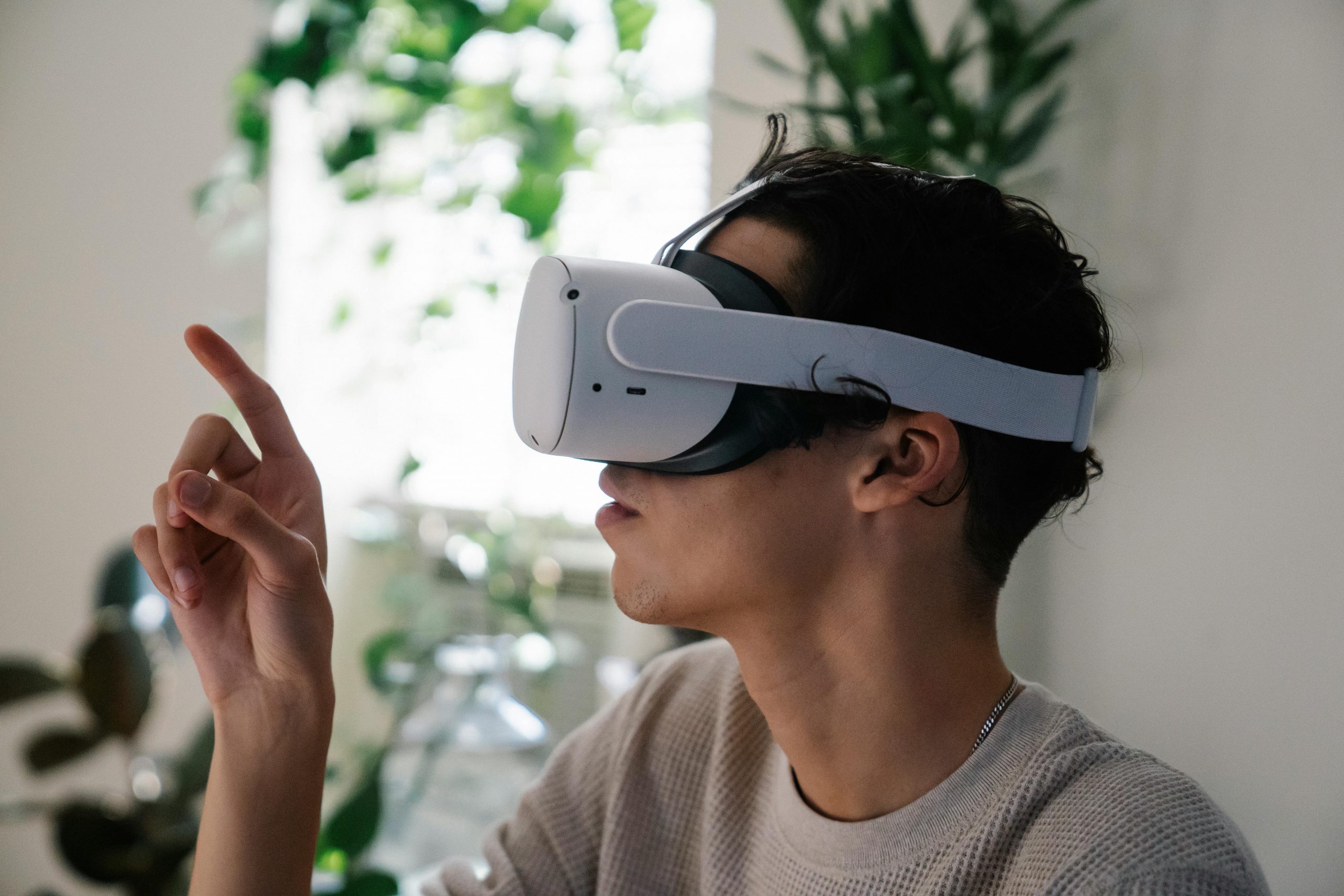Many remote teams don’t share their company’s values or priorities because they’re isolated from each other and in-person colleagues. Can virtual reality (VR) strengthen their connection to their jobs? Here’s a look at what it can do.
1. Foster Loyalty
Many people feel detached from their place of employment. In fact, nearly half of employees actively search for new job opportunities while in their current role. When they work fully remotely, this disconnect grows more noticeable.
HR professionals can use VR to foster a more robust connection among staff. Since it removes geographical barriers, employees can essentially stop by their workplace regardless of time zone or location. Frequent visits can inspire a sense of pride and loyalty, encouraging them to build values that align with their employers’ missions.
2. Enable Interactions
Many employees who work from home will never interact face-to-face with their colleagues, supervisors or adjacent departments. In fact, nearly three in 10 remote-capable jobs are fully remote. Employees can’t be a part of workplace culture if they never step foot in a shared space.
VR enables face-to-face interactions regardless of employees’ locations. HR professionals can use it to create a break-room-like space, encouraging remote staff to hold casual conversations and form bonds with their colleagues. When they cultivate personal connections, they become more in tune with the company culture.
3. Enhance Hiring
How can HR professionals know they’re hiring remote workers who will align themselves with the company culture when they never meet in person? VR provides them with an immersive, realistic workplace model they can use to simulate face-to-face interviews during recruitment, enabling them to better identify candidates who possess their desired values.
A VR-driven hiring and onboarding process helps team leaders build values and drive interest in the company’s mission. Early intervention ensures remote and hybrid team members feel connected to the workplace culture as soon as they begin working. This way, HR professionals don’t have to figure out how to resolve long-held disconnects later on.
4. Increase Engagement
When the HR team uses VR to train people who work from home, they improve remote workplace culture. Virtual spaces are immersive and realistic. They can even imitate real-world spaces, which can generate interest for upskilling and increase engagement during lessons.
VR-driven training sessions result in better outcomes than similar alternatives. In one study, nine of 10 respondents preferred them over e-learning or in-person courses, reporting they were 50% more confident when reviewing their lessons. Remote workers who learn this way will engage more and better align themselves with the company culture.
5. Build Trust
HR can use VR to improve remote workplace culture by simulating real-world scenarios. Whether they place staff in a likely emergency scenario or an everyday situation, they enable collaboration. As team members work toward resolving the artificial issue, they build trust.
When remote workers feel like they can rely on and receive support from their in-person colleagues, their connection to their workplace strengthens. As they continue to build trust through virtual simulations, the chance their priorities shift to align with their employers continuously increases.
6. Affect Habits
One of the more noticeable ways VR connects remote team members is by providing a constantly available virtual space. Whether they arrive early, work late or pop in on their breaks, they’ll encounter like-minded colleagues. Over time, this can shape their perspectives on their company’s expectations, aligning their habits with the workplace culture.
Since many headsets are built for extended wear, remote workers can enter the virtual shared space at any time and stay for as long as they want. Experts generally say VR users only need one 20-second break every 20 minutes, so the only limitation is their comfort. In other words, they could collaborate on projects in VR daily.
7. Strengthen Collaboration
Most companies resolve the lack of collaboration between remote team members by conducting video calls. While this at least gives staff a chance to see each other’s faces, it doesn’t let them meaningfully interact with each other. They’re more likely to feel out of place or excluded while attempting to collaborate on projects, negatively impacting workplace culture.
VR-powered communication can cultivate a better sense of belonging among remote team members. Instead of video conferencing or emailing, they can speak like they would face-to-face while subconsciously associating each other’s avatars with their real-world counterparts. When they work together virtually, they feel more connected to their workplace.
8. Encourage Commitment
People who aren’t in tune with the company culture may feel more tense and less inclined to compromise, a combination that can cause productivity issues. Companies collectively lost 17.9 million workdays from 2019 to 2020 due to work-related stress, anxiety or depression. When HR professionals leverage VR, they prompt remote workers to feel more devoted to their roles and teams.
9. Improve Team-Building
Typical team-building exercises for fully remote workers consist of online or in-app activities. Although virtual trivia or charades can be entertaining and rewarding, they limit collaboration. VR headsets offer an immersive, first-person experience where team members can interact, move and emote.
The HR team can host team-building exercises in VR, making their retreat or activity accessible to everyone. This way, fully remote and in-person employees share the same experience and make similar memories. As telecommuters connect more with their colleagues, they will intuitively become more in tune with the company culture.
Cultivating Workplace Culture Has Never Been Easier
Whether companies consist only of telecommuters or a mix of in-person and remote workers, they can use VR to improve workplace culture. Virtual team-building, simulations, training, recruitment and onboarding can positively impact team members’ commitment, belonging and engagement, prompting them to align their values and priorities with their employers.
This blog post was written for HRTech247 by Zac Amos.






